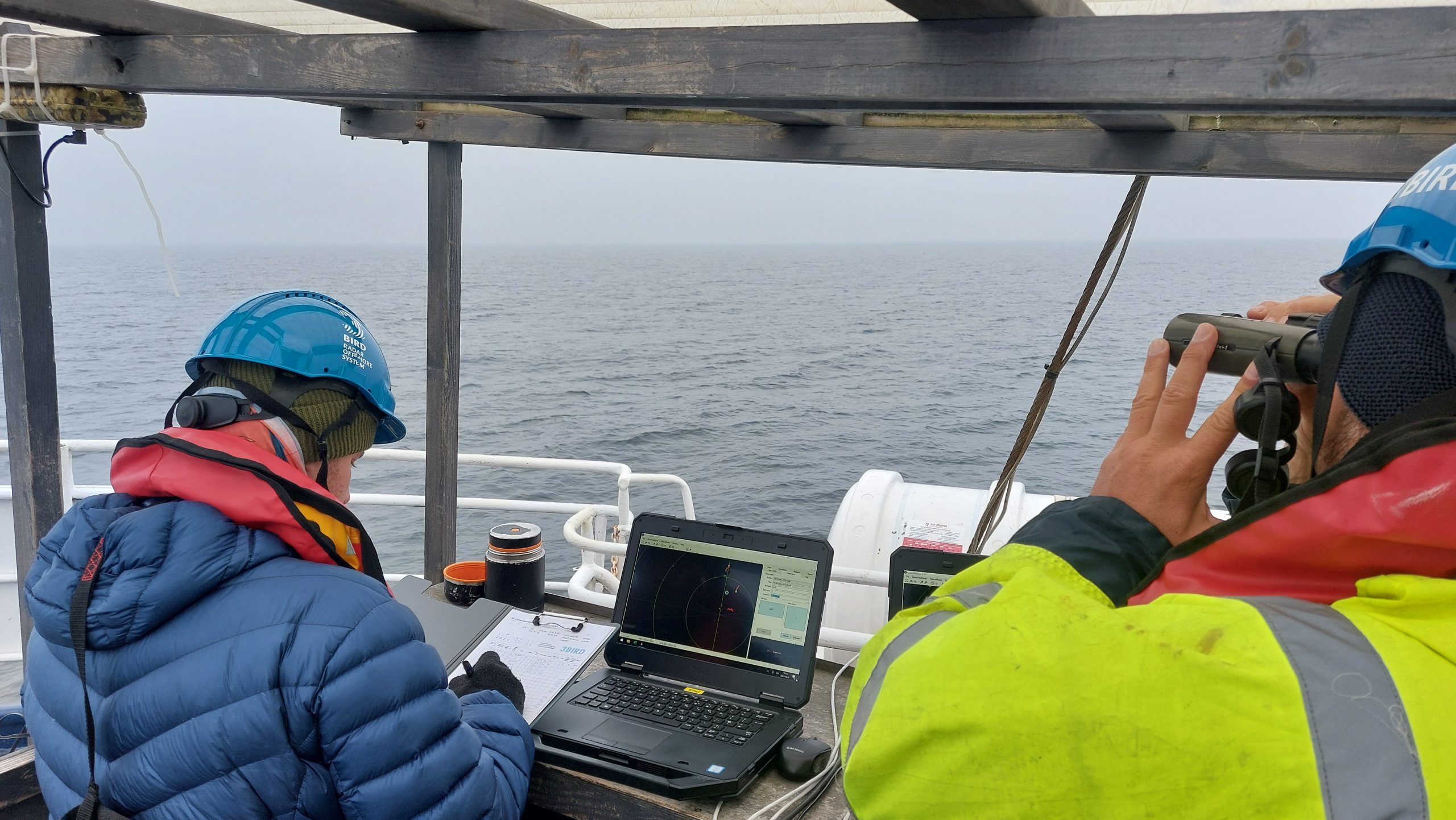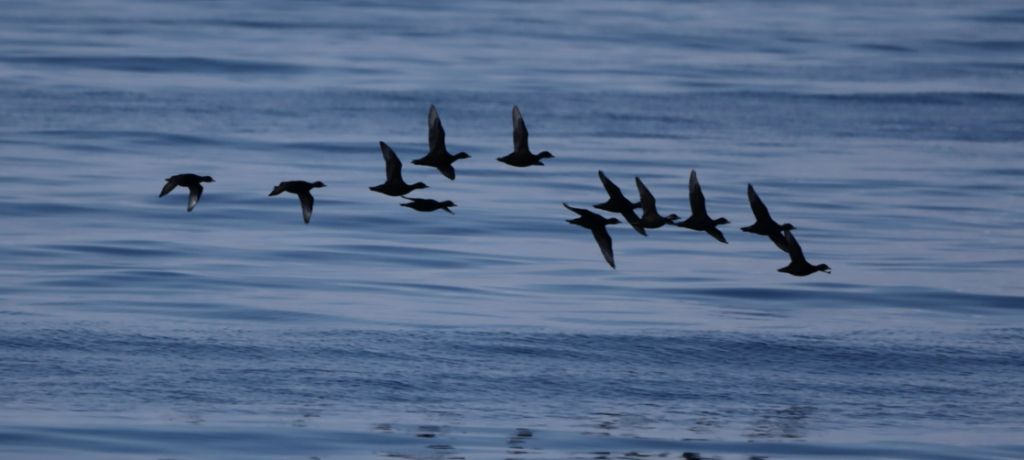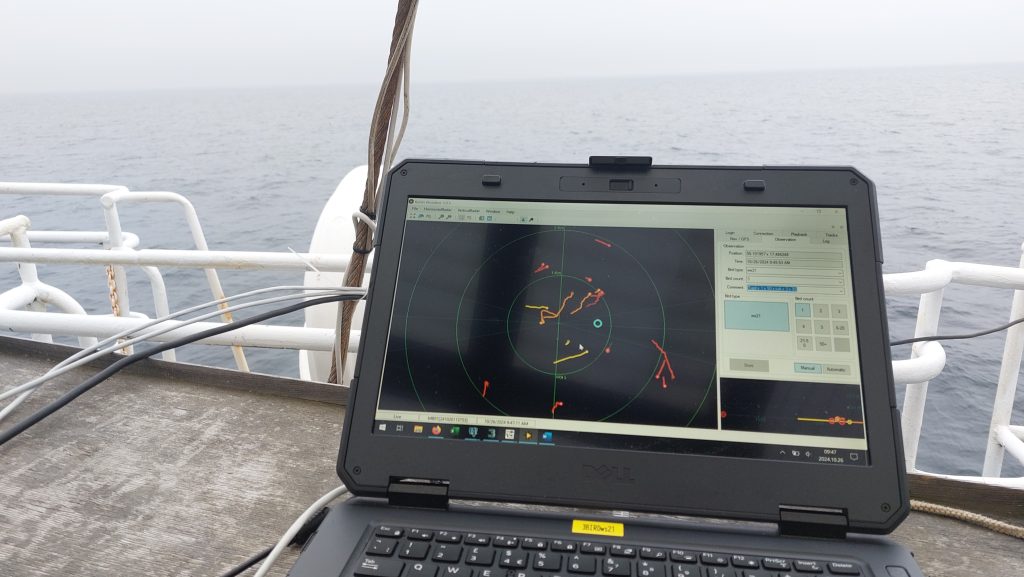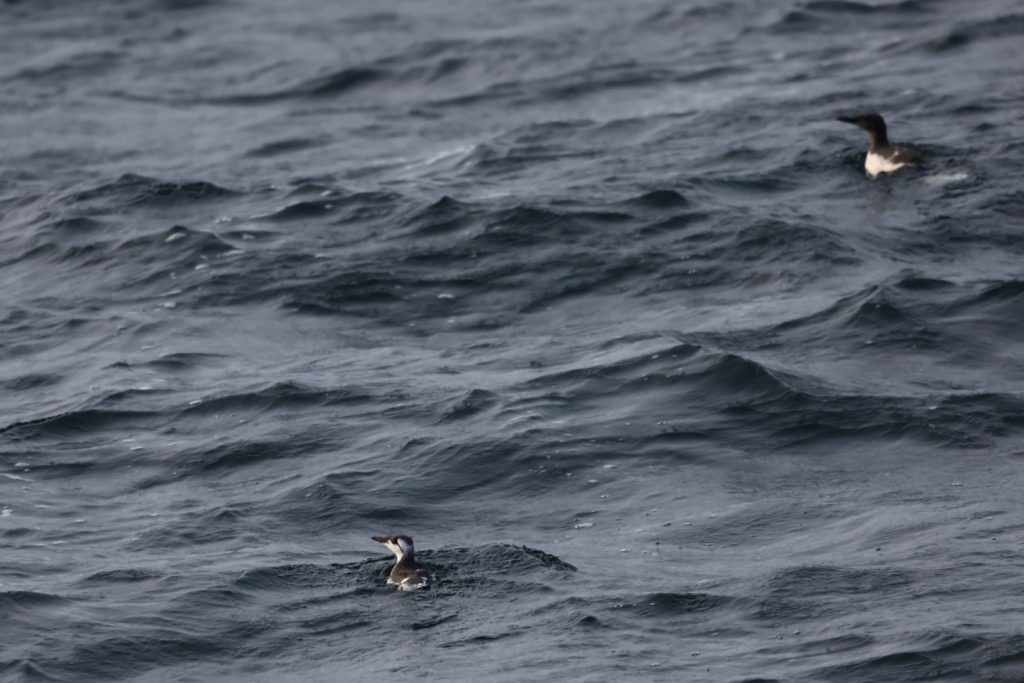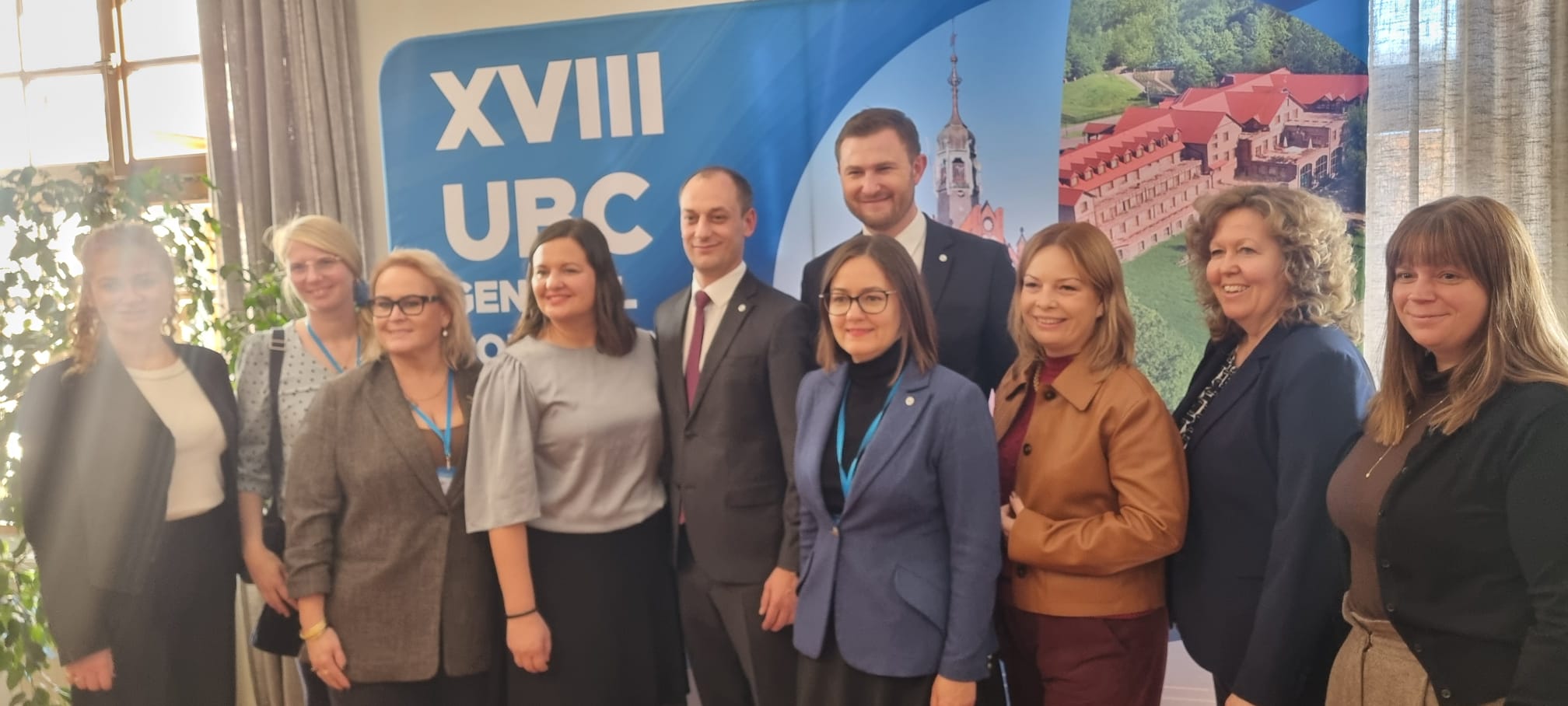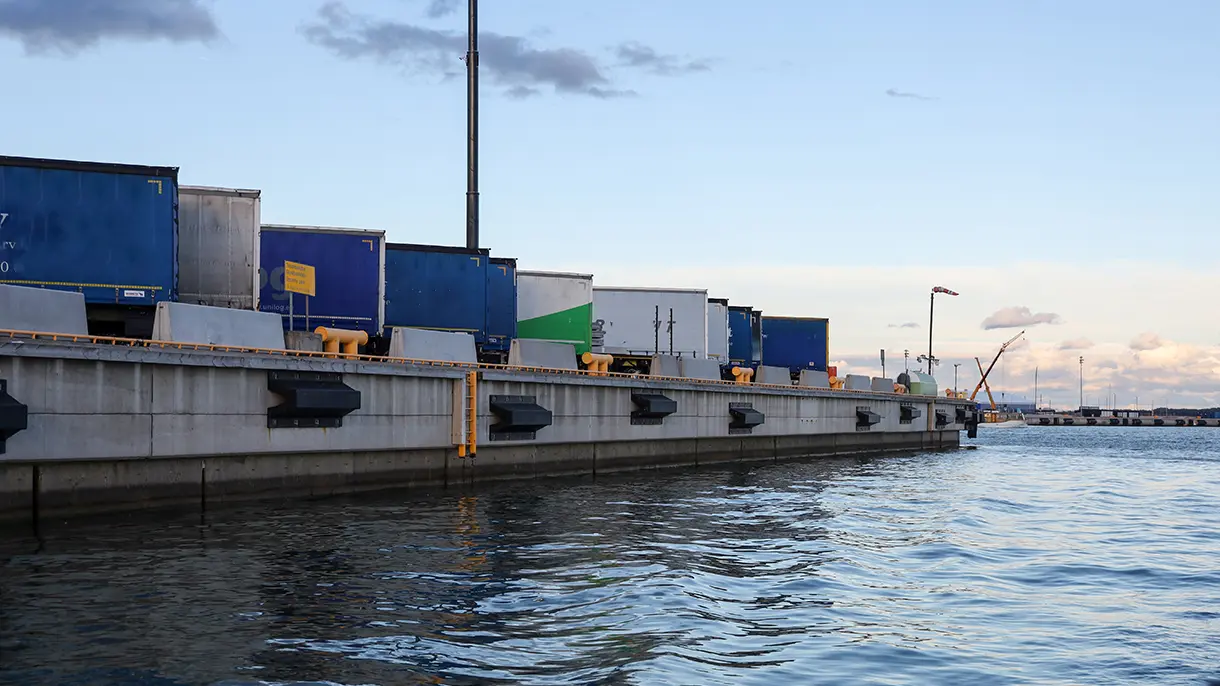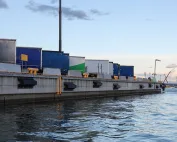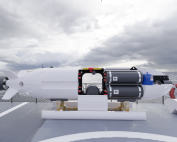PGE and Ørsted jointly conducted annual bird monitoring in the southern part of the Baltic Sea at the site of the planned Baltica 2 offshore wind farm. The results of the study confirmed that the construction and subsequent operation of the farm will not restrict birds’ access to food.
A team of ornithologists from the Polish company 3BIRD, commissioned by PGE and Ørsted, conducted research throughout 2024 – from January to December. The experts conducted observations in the area of the planned Baltica 2 offshore wind farm, the neighbouring Baltica 3 wind farm and the nearby Słupska Shoal, which is protected as a Natura 2000 site.
– A comparison of the research results for the farm areas and Ławica Słupska provides knowledge about the occurrence of birds in these areas at different times of the year, their numbers, density, distribution, and movement between the studied areas – said Michał Palmąka, Director of the Permits and Environmental Monitoring Department at PGE Baltica, a PGE Group company implementing offshore wind farm projects.
– The cooperation with the Polish company 3BIRD went very well: subsequent research campaigns were carried out on time, and the reports from the studies were reliable and of good quality. This agreement is part of the implementation of the local content principles, i.e. involving Polish entrepreneurs in the implementation of the investment at as many stagesas possible – said Maksym Maksymowicz, head of the permits and environment team at Ørsted.
During the surveys, observers counted individuals on the water and those flying over the surveyed areas. The research teams identified a total of almost 70 different bird species, including seabirds and waterbirds rarely found away from the coast, as well as land species.
Long-tailed ducks, ducks, geese, herring gulls
The long-tailed duck was by far the most common bird sitting on the water, both in the area of the future farm and in the Słupska Shoal area. The common scoter is a sea duck that can dive to a depth of up to 60 metres in search of food. Among the birds observed, ornithologists also noted numerous auks, uhls and loons.
Among the water birds rarely found far from the coast, geese and ducks dominated, but most often they were only flying through the surveyed areas. These birds are not habitat-bound to the sea, and their presence was related to seasonal migrations.
Among the birds flying over the area of the future farm, the most numerous were herring gulls, while over the Słupsk Shoal, the most numerous were long-tailed ducks.
The vast majority of birds flew over the area of the future farm at heights of up to 20 metres above the water surface. This means that they fly below the space where the turbine blades operate.
– During the research cruises, there were also isolated observations of rare species such as the white-billed diver and the great skua. Both observations were reported to the Fauna Commission of the Ornithological Section of the Polish Zoological Society – said Karolina Gębka, senior permit and environment specialist at Ørsted. The white-billed diver is rarely found in Poland. It spends the winter mainly in the Norwegian Sea.
The birds prefer the neighbouring area to the farm area
The Słupsk Bank area is one of the most valuable feeding grounds for long-tailed ducks in the Baltic Sea. Birds found in the tundra areas of northern Eurasia migrate south for the winter and concentrate in this area. Hence, the calculations showed differences in bird densities in the Słupsk Bank area and in the area of the planned wind farm.
– The Słupsk Bank area is a much more attractive place for birds such as long-tailed ducks and goldeneyes than the area of the future farm itself, not only for feeding but also for resting. The difference in bird numbers between the areas was more than tenfold, and in the case of the common scoter alone, even fifteenfold – explained Joanna Markowska Cerić, senior environmental manager at PGE Baltica. – This research confirms the observations we made in 2016, which also showed large differences in bird numbers between the Słupsk Bank area and the planned offshore wind farm. We see a correlation between the depth of the water and the number of birds. On the Słupsk Bank, which is a shallow area at the bottom of the Baltic Sea, the numbers are higher – she added.
Choosing an environmentally friendly investment location
PGE and Ørsted will repeat bird monitoring during the operational phase of the offshore wind farm. This will make it possible to observe the impact of operating wind farms on bird populations using the Słupsk Bank area and the Baltica 2 offshore wind farm. Data collected during research in 2014, prior to construction, and data collected during monitoring already carried out during the operation of the offshore wind farm will be compared.
– The environmental decision issued for the offshore wind farm area requires monitoring during the operational phase after the Baltica 2 project has been commissioned. The annual research campaign conducted by 3BIRD provides us with the most up-to-date information for later comparisons. We have thus obtained data on bird populations in this area, provisionally named ‘baseline’, which will be a reference point for future research – said Agata Nagrabska, Senior Permits and Environment Specialist at Ørsted.
– For the investment partners, the most important information from the monitoring results is that the area of the planned offshore wind farm is not an important resting or wintering place for birds associated with the marine environment. The results of the research allow us to conclude that the area designated for the construction of the offshore wind farm is less attractive than the neighbouring Natura 2000 site Ławica Słupska, and the number of birds occurring in the planned Baltica 2 farm is many times lower than in the neighbouring bird sanctuary. This proves that the location of the investment was chosen in a correct and responsible manner, with respect for the protection of sites important for endangered and rare birds, thus confirming the investor’s concern for biodiversity – summed up Michał Palmąka from PGE Baltica.
Source: PGE Baltica
